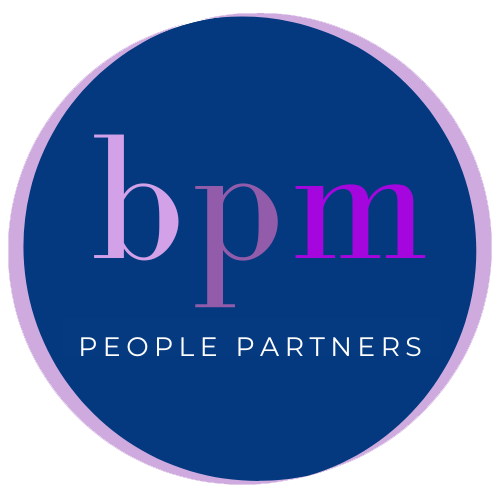Free Ways to Invest in Your People

Free Ways To Invest in Your People
By Margel DiMaggio
Last week, we posted about the
importance and benefits of employee engagement. Without an engaged workforce, your business does not accomplish its lofty goals, there is no one to execute your ambitious new strategy, and there’s no one to support and grow your critical clients. So focusing on engagement is not only good for your people, it’s good for your bottom line.
So we need to ask, how do employees feel engagement? How does a company show their employees their investment? At BPM, we know that most organizations do not have the kind of wiggle room in their budgets to offer extra benefits like catered lunch, tuition reimbursement, and lavish company outings. Even if they did, spending thousands on ‘perks’ is not a sure-fire way to develop an engaged workforce. A few key elements that do work are offering tools and services, focusing on career development, and creating connection among employees. Fortunately, with a little effort, it is possible to accomplish these without any added financial impact.
If you are rebuilding your culture, starting a team from scratch, or looking to prove to leadership that employee engagement matters, try tackling one of these free ways to invest in your people. These options require no additional budgeting, only a little organization, and can have a major impact on showing your people that your organization is there to support them.
1. Lunch & Learn Series
- Leverage Your Vendors: One hidden benefit of having a benefits broker (especially a good one)? They are amazing partners for educational seminars! Maybe it’s a session on how to set up a 401k or how FSA funding works. These benefits can seem complicated, so a dedicated session outside of Open Enrollment can make them more accessible. Even if you don’t have a broker, your vendors could be a great resource, too. Is there a new trend or technology in your industry? Did you recently introduce a new tool? Those vendors or experts in your field will jump at the opportunity to discuss with your employees.
- Elevate Employee Voices: Your vendors aren’t the only experts in your midst! Does someone on your team have a superpower? We all know that one manager everyone wants to work for - are they willing to share their secrets, offer some tips? Your HR team members can help guide the “expert” but don’t have to bear all the weight of developing content and presenting!
- Communication from Leadership: You don’t have to recreate the wheel with your Lunch & Learn series. Pick a few slots throughout the year to host a Q&A with someone from your executive team. Mix in questions that are personal (What does their ideal Saturday afternoon look like?) and business-related (What about our business keeps you up at night?). Be sure to collect questions from the broader team in advance and preview them with the leader, so they aren’t totally caught off guard. But, this should be conversational! It will help your leader become more approachable to the team and also offer some insight into where the business is headed.
2. Start a Mentorship Program
- A Mentorship Program is a win-win-win. Mentees gain valuable access to more experienced colleagues, tenured employees gain an opportunity to exercise leadership skills, and the business gains employees who feel invested in and engaged. A bonus: mentorship programs also serve to connect employees across the organization who may not normally cross paths. These relationships create cross-functional ties that are beneficial in deepening employee engagement.
- The easiest way to establish a Mentorship Program is to target new hires. Send a survey to your existing employee base to gauge who would be interested in being a mentor, then when a new hire starts, assign them a mentor.
- Best practice to support a Mentorship Program is to set up some parameters and guidelines, but let the mentoring relationships flourish on their own. Guidelines might include:
- A stated goal of the Mentorship program: If the mentees are all new hires and their mentors are within-department, the goal might be to help new hires establish expertise in a certain role; if the mentors are cross-departmental, it may be to share career advice or acclimate new hires into the cultural norms of the company.
- A suggested meeting cadence: Weekly? Bi-weekly? Monthly? It depends on the goal of the relationship, and it may change over the course of the relationship.
- Offer some discussion topics: Maybe it’s a primer on the acronyms of the industry, who to go to for what within the organization, the best coffee near the office, or support in hitting career goals.
- A quarterly voluntary group check-in for the mentors: They may benefit from sharing success or challenges with their mentees, offering different strategies, or making suggestions for the broader program.
If you establish a Lunch & Learn Series or a Mentorship Program, reach out to us at BPM to share your experience - we would love to hear how you leveraged these free investment tools!
Contacts
Yvonne Rickert
Margel DiMaggio
Jonathan Chomicz











